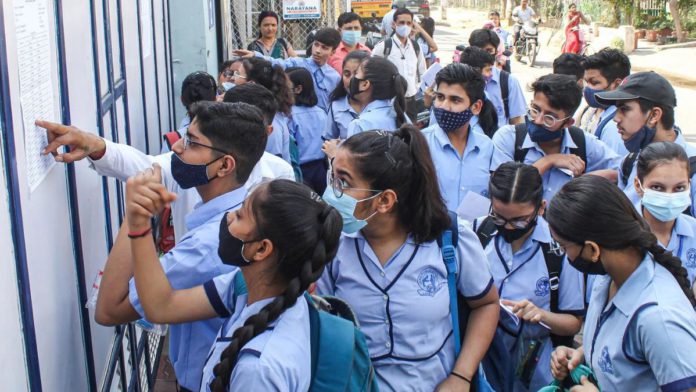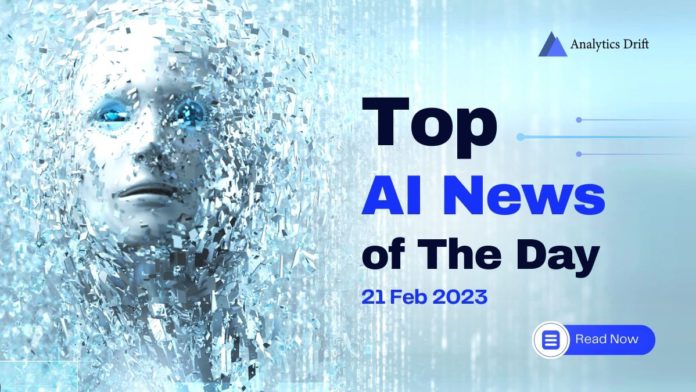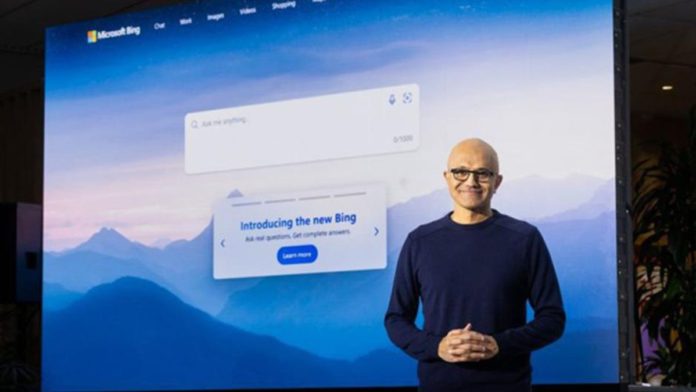Learning about a topic such as machine learning operations requires some work. Here, we will take a closer look at the key concepts and the workflow of MLOps and give you a more thorough understanding of the subject matter.
What Is MLOps?
Think of MLOps as the bridge between the worlds of data science and operations. On one side, data scientists are focused on developing and fine-tuning machine learning models, using advanced algorithms and techniques to extract insights from data.
On the other side, operations teams are focused on ensuring that systems are secure, reliable, and scalable, and that data is properly managed and protected. MLOps is what brings these two worlds together, providing a set of best practices and tools that enable data scientists and operations teams to work together seamlessly and effectively.
At its core, MLOps is all about making machine learning more accessible and more manageable so that organizations can deploy models more quickly and with greater confidence and ensure that they continue to perform well over time. Whether you’re working in a large enterprise or a small startup, MLOps is a critical component of any successful machine learning initiative.
Key Concepts of MLOps
These concepts help to ensure the reliability, security, and scalability of machine learning models in production and support the effective deployment and management of machine learning systems:
- Continuous Integration and Continuous Deployment (CI/CD): Imagine a machine learning model like a house. CI/CD is like having an assembly line that automatically builds and tests each room of the house before it is added to the main structure, ensuring a high-quality finished product.
- Version Control: Picture each version of a machine learning model like a snapshot in time. Version control helps you keep track of all these snapshots, so you can compare and revert to previous versions if needed, much like flipping through a family photo album.
- Monitoring and Metrics: Monitoring and metrics are like the speedometer and gas gauge of a car. They provide real-time feedback on how the model is performing, so you can make adjustments and fine-tune it to keep it running smoothly.
- Model Management: Model management is like having a filing cabinet that keeps all your important papers organized and in one place. It helps you keep track of all your machine learning models, so you can quickly find what you need and make informed decisions.
- Data Management: Data management is like having a carefully tended garden. You need to plant the seeds, water the plants, and make sure they’re protected from pests to ensure a bountiful harvest. In the same way, you need to manage your data to ensure it’s high quality and protected.
- Collaboration: Collaboration is like having a team of builders working together to construct a house. By working together and sharing information, you can ensure that each part of the machine learning project is completed on time and to the highest quality.
By focusing on these concepts, MLOps helps organizations bring their machine learning initiatives to life and ensure they continue to deliver value over time.
MLOps Workflow
Let’s discuss the entire MLOps workflow. We’re going to provide each step of the workflow and try to discuss some examples that might help you understand what is really done during the mentioned step.
- Model Development
The first step of the MLOps workflow is the development of the model. Data scientists use algorithms and frameworks to develop ML models. An example of this step would be a data scientist training a deep learning model to identify objects in images.
- Model Testing
As everything should be, the models are tested as well. The workflow involves a thorough evaluation of the accuracy, robustness, and performance. It’s simply necessary to continue the process.
A data scientist uses a validation dataset to evaluate the model’s accuracy and performance. We test the model for various parameters such as precision, recall, and F1 score. The F1 score is a measure of a test’s accuracy that balances precision and recall.
- Version Control
The third step involves versioning the models. So, the models and all related artifacts are versioned and stored in a central repository. This is simple version control. Data scientists store the model and the code related to it in a Git repository.
- Continuous Integration
The fourth step is continuous integration. We integrate the models with the CI/CD pipeline, and we test them to verify their functionality. This is where we go back to the testing.
Before moving to the next step, the data scientists set up a CI/CD pipeline using tools such as Jenkins. The pipeline automatically runs tests on the model once we update it in the Git repository.
- Continuous Deployment
Continuous deployment means that we deploy successful models to a staging environment for further testing. It’s a key component of continuous delivery where code changes are automatically built, tested, and deployed to production.
So, if a model passes the tests, it is automatically deployed to a staging environment for further testing. In the staging environment, the model is tested in a simulated production environment. This involves further monitoring.
- Model Monitoring
This step involves detailed monitoring of the performance and the behavior of the models in the production environment. We monitor the deployed model using tools such as Prometheus and Grafana. They track metrics such as model accuracy and response time.
Prometheus is a time-series database and monitoring system that collects and stores metrics. Grafana is a dashboard and visualization platform that allows users to create, explore, and share interactive dashboards based on data stored in Prometheus.
- Model Optimization
The seventh step is model optimization, which means fine-tuning the models based on the monitoring results from the previous step. If necessary, they are updated.
Based on the results of monitoring, data scientists fine-tune the model to improve its performance. The model is then updated and redeployed to the production environment. This ensures smoother operation.
- Model Rollback
If the model that gets updated causes certain issues in production, the data scientists can roll back the model to its previous version using Git tags. This is a vital step of the workflow because we can address certain issues once we roll back.
- Model Retirement
When models are no longer needed, they can be retired and removed from the production environment. We need to do this to preserve resources. The model can be archived in the Git repository for future reference.
Conclusion
It’s important to remember that MLOps works through CI/CD, version control, monitoring and metrics, model management, data management, and collaboration. Without these concepts, there would be no MLOps.











